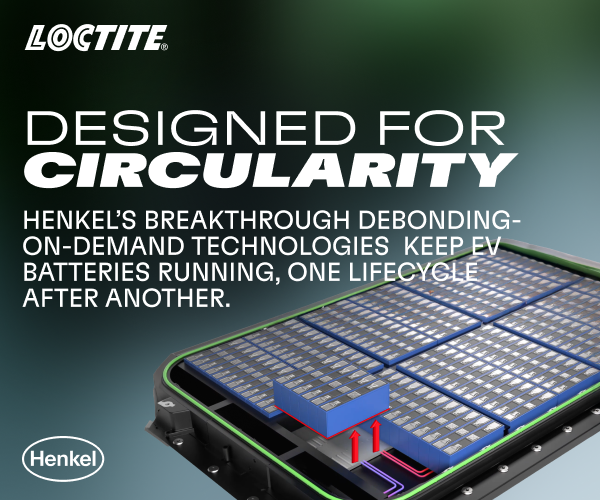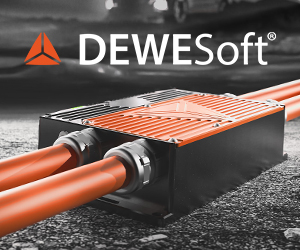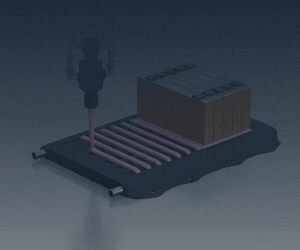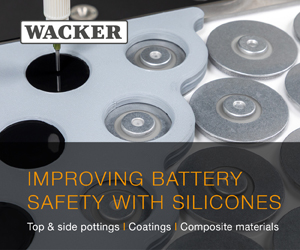Copper fleece boosts battery capacity
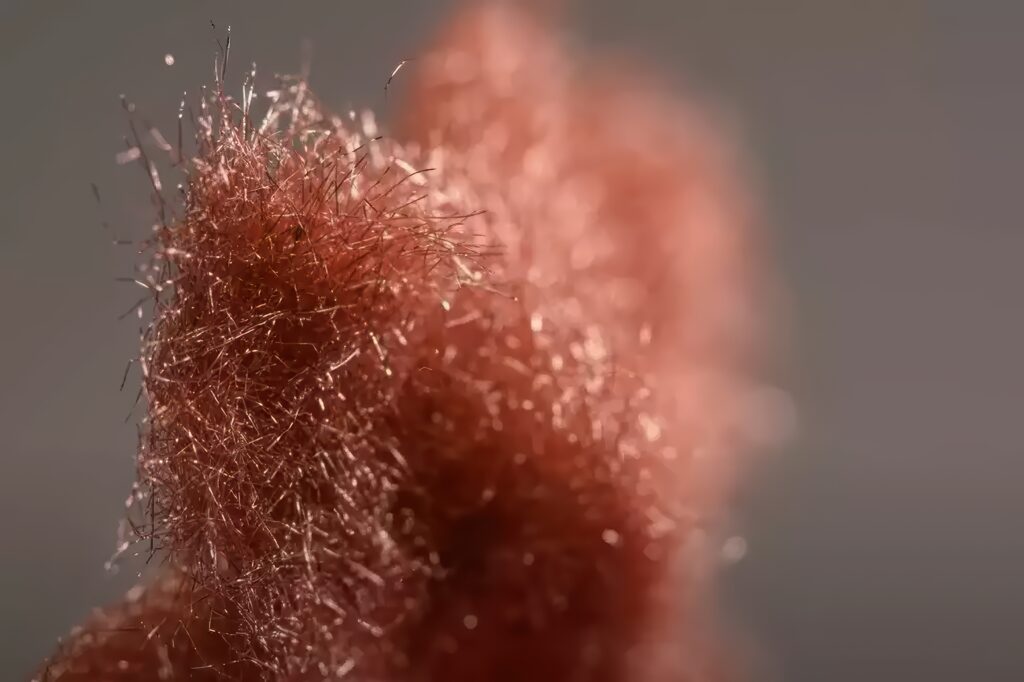
(Image courtesy of the Max Planck Institute for Medical Research)
Researchers in Germany have developed a technique that significantly improves the energy density of lithium-ion batteries, writes Nick Flaherty.
The team at the Max Planck Institute for Medical Research in Heidelberg used metal fleeces as the contact material in battery electrodes, which significantly accelerates the charge transport of metal ions. This makes it possible to build significantly thicker electrodes with less metal, boosting the energy density of cells while reducing the charging time.
“The basis for this is a previously unknown mechanism that we discovered in ion transport in electrodes,” said Joachim Spatz, director of the institute, who led the research.
The technique was detailed for the first time in a study published in the ‘ACS Nano’ journal. Rather than using copper or aluminium foil as the contact, a 3D 1.2 mm thick composite graphite/copper fleece electrode can be produced, which is 10 times thicker than a foil, and has capacity of 32 mAh/cm2 in a half-cell format. The fleece electrodes use half the amount of copper compared with conventional foil-based electrodes, thereby providing significantly higher volumetric and gravimetric energy densities.
To build the fleece, fine metal fibres with width of approximately 40 μm and thickness of about 15 μm were produced using a melt spinning technique. The fibres were cut to be 7 mm long, dispersed in paraffin oil and then sintered to a mechanically stable fleece under an inert gas (argon) at 650 C for several seconds. The areal loading of the fibres and the thickness of the fleece were calculated geometrically to achieve a certain mean pore diameter within the fleece.
The sintered fleeces were then filled with a graphite-based slurry containing 90 wt% synthetic graphite from Targray and 3 wt% carbon black from Alfa Aesar. The copper fleece was dipped into the slurry for 60 s, at which time it was treated with ultrasound to remove air bubbles and achieve perfect filling of the fleece with the active material slurry before being dried in hot air at 80 C. The electrode was then vacuum-heated at 100 C to eradicate any residual water.
The resulting fleece needs only half as much copper as is required for conventional foil electrodes. Even if an electrode was around 10 times thicker than is usual today, the lithium ions would still flow into and out of the active material via the fleece so quickly that it would be sufficient for use in electric vehicles (EVs) with an energy density of up to 85% higher than that for foil electrodes.
“Supplying a material with charge via 2D layers is in no way efficient,” said Spatz. “That is the goal of our technology; a 3D supply network for charge carriers that can be used to charge and discharge batteries efficiently.”
The fleece electrodes are also easier and cheaper to use in the manufacturing line because the active material can be introduced into the fleeces as a dry powder without need for solvents. “With dry filling, we can probably save 30 to 40 percent of production costs, and the production facilities need a third less space,” said Spatz.
The core technology has been licensed to a spinout called Batene, and the process is being commercialised with a focus on material that can be dropped into existing battery cell manufacturing processes for EVs. This supports silicon and lithium metal anodes as well as solid state electrolytes.
Other companies, such as Addionics, have also been developing 3D metal electrodes that can be dropped into existing production processes to boost performance.
Click here to read the latest issue of E-Mobility Engineering.
ONLINE PARTNERS















